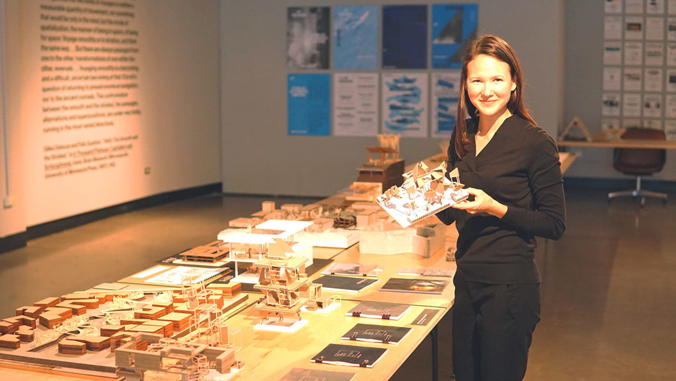
Blue Planet Foundation’s “We Are 100” campaign has recognized the work of an assistant professor in the University of Hawaiʻi at Mānoa’s School of Architecture and Sea Grant College Program. The campaign highlights 100 stories of individuals, companies and organizations that support Hawaiʻi’s journey to 100 percent clean energy by 2045.
Wendy Meguro has dedicated her career to designing high-performance buildings that reduce energy consumption, and for that reason, she is being honored as a standout in her field.
Many of the improvements she incorporates into the design of green buildings include: using daylight to reduce reliance on electricity, incorporating energy efficient appliances, low-flow water fixtures, energy efficient or passive heating and cooling, and on-site renewable energy.
Inspiring future architects
Meguro’s passion for energy efficient architecture also translates into her classroom. Recognizing that buildings are responsible for almost 40 percent of the annual global greenhouse gas emissions, she inspires students to design climate-appropriate architecture that reduces fossil fuel energy use.
“I want to educate and inspire a generation of students here who will go on to have professional careers that will impact Hawaiʻi and the world,” said Meguro. “Students are motivated when we discuss the urgent need to eliminate greenhouse gas emissions from the built environment and the key role architects play.”
Students seeking an education that aligns with their values in environmental sustainability and desiring to take action on climate change are given an opportunity to make a difference through her courses. In class, students design and learn to shape a building by improving its environmental performance. This includes improving a building’s energy use by using drawings, physical models and computer simulations. They are also educated on green building principles and given the opportunity to tour buildings designed to reduce fossil fuel energy use.
“The green building principles we learn in the textbook are reinforced when students and I tour green buildings,” said Meguro. “The designers and occupants generously help guide the tours, and the students routinely say this ‘real world’ experience is one of the most valuable parts of their education.”
For more on Meguro’s story, see her profile on Blue Planet Foundation’s website.

